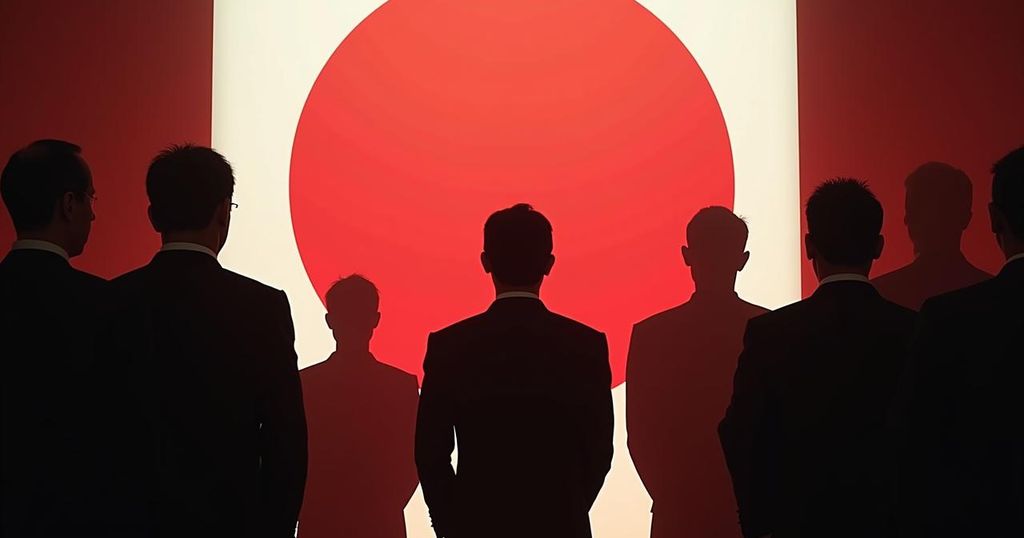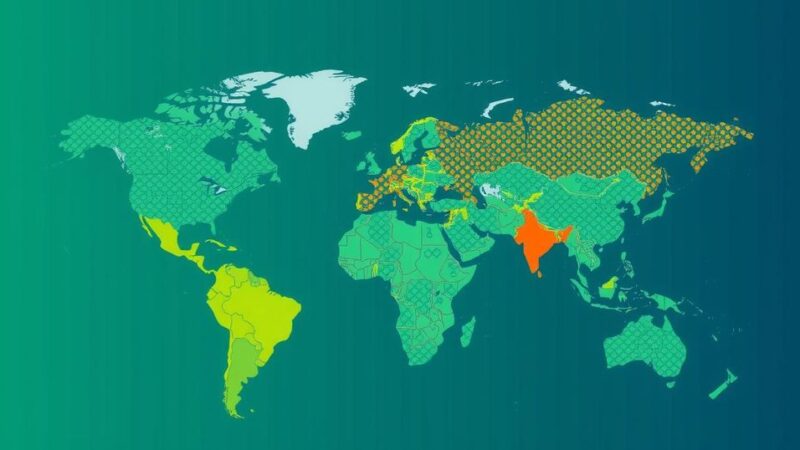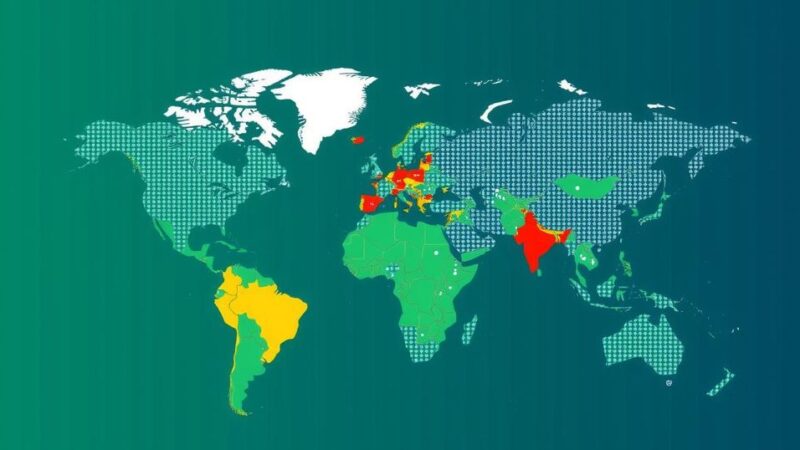The Japanese parliament has confirmed Shigeru Ishiba as the new Prime Minister following his leadership victory in the ruling LDP party. He has appointed a cabinet of 19 ministers and called for snap elections on October 27, despite criticism concerning the limited time for policy discussions. Ishiba emphasizes open dialogue with the public and confronts significant domestic and international challenges.
Japan’s parliament has officially ratified Shigeru Ishiba’s appointment as the new Prime Minister, following his recent victory in the leadership contest of the ruling Liberal Democratic Party (LDP). The affirmation took place on Tuesday, leveraging the LDP’s parliamentary majority to endorse the 67-year-old Ishiba, who succeeds the outgoing leader, Fumio Kishida. In a tightly contested election, Ishiba secured a narrow triumph over his rival, the hardline conservative Sanae Takaichi, with a vote margin of 215 to 194, marking one of the closest leadership races in the last seventy years. Previously, he had attempted to become the LDP leader on four occasions without success. On the same day as his appointment, Ishiba unveiled his cabinet, which includes 19 ministers, among whom notably are Katsunobu Kato as finance minister, Gen Nakatani as defence minister, and Takeshi Iwaya as foreign minister. Despite incorporating only two women into his cabinet, as opposed to five in the outgoing administration, he has designated Junko Mihara to oversee children’s policies, and Toshiko Abe to focus on education. Significantly, Ishiba has called for a snap general election to take place on October 27, a decision met with criticism from opposition parties for allegedly limiting adequate time for policy debates. Opposition actions briefly interrupted the parliamentary proceedings, indicating potential challenges that Ishiba may encounter during his term. In remarks preceding the parliamentary vote, he emphasized his commitment to engaging openly with the public to build trust and affirmed his government’s readiness to tackle ambitious challenges ahead. Ishiba is expected to dissolve the parliament on October 9 to commence the election campaign, seeking to reinforce LDP leadership, which has dominated Japanese politics for most of the post-World War II era.
The recent transition in Japan’s leadership from Fumio Kishida to Shigeru Ishiba stems from a longstanding dominance of the LDP party in Japanese politics, which has been in power largely since the end of World War II. Shigeru Ishiba’s rise to Prime Minister reflects not only his resilience in the political arena, having previously sought the leadership multiple times, but also the LDP’s strategic maneuvers in response to the political climate shaped by various domestic challenges and the impact of external pressures such as global conflicts and security concerns. Additionally, Ishiba’s appointment denotes a shift in governance philosophy as he prepares to confront significant issues, including Japan’s declining birthrate and the need for economic reforms.
In conclusion, Shigeru Ishiba’s confirmation as Japan’s Prime Minister represents a pivotal moment in the nation’s political landscape, overshadowed by his call for quick elections and the need to address pressing domestic and international challenges. His cabinet’s composition and the initial public reception indicative of both support and opposition will play a crucial role in shaping the effectiveness of his administration. The unfolding developments will be closely monitored as Ishiba navigates his new role under the scrutiny of a politically engaged electorate and a complex global environment.
Original Source: www.aljazeera.com






